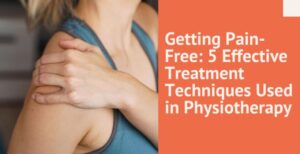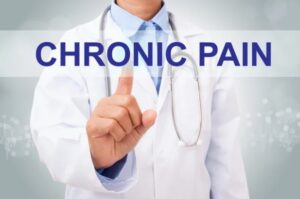
Are you suffering from movement disorders or have you injured yourself? Then you can consult a physical therapist with whose help you can restore your movements as soon as possible. Physical therapists are trained professionals and they use the latest equipment to diagnose various movement disorders and some common ailments. Just carry on reading to get more information.
Assessment –
The physical therapist starts his treatment process by evaluating the condition of the patient. He will be asking you some questions like how you have injured yourself. He will also quickly try to understand the root cause of your poor movements. A patient may visit a therapist due to a variety of problems such as knee pain, lower back pain, and overuse injuries.
A therapist will first investigate the problem and then suggest a treatment plan accordingly. This plan will include using various modalities like heat, laser therapy, ice, and electrical stimulation, etc. He also suggests using manual therapy like massaging, stretching and doing some exercise for restoring tissue function and treating your injury. It is worthwhile to know that average time care that is required for bone and muscle injuries spans for about four to six weeks.
Treatment –
- Manual Therapy – Manual therapy is best for any injury. Your therapist will employ various tactics such as massage, stretching and strengthening exercises to realign the body into proper movements. Manual therapy is a prime method by which one can easily remove movement restrictions.
- Ice – Ice is considered to be the best for treating inflammation and swelling. Ice is very beneficial for reducing and even preventing inflammation immediately after an injury. It is worthwhile to know that cold therapy helps to make your joints more mobile and also enhances manual therapy.
- Heat – Heat is best to use for those injuries that involve muscular spasms and tightness. The heat helps to decrease pain and increase mobility after injuries.
- Ultrasound – Ultrasound therapy is used for treating connective tissue injuries. The ultrasound waves will help to generate heat deep into your body. The ultrasound therapy helps to loosen up tissues and prepare them for manual therapy.
- Low-Level Laser – Laser therapy is used for muscular or connective tissue injuries. The laser therapy incorporates the use of specific wavelengths of light to stimulate the healing process. This treatment helps to reduce muscle pain, inflammation, and fatigue. It helps the therapist to move your affected joint in a much easier way and causing you less discomfort.
- Traction – Traction is best for helping patients who are suffering from the herniated lumbar disc. It is beneficial for reducing pain and an effective treatment option for those who cannot afford surgery and a long recovery treatment plan.
- Functional Electrical Stimulation – Electrical stimulation, also known as ESTIM, is used for treating traumatic injury and restoring muscular function. The electrical stimulation process involves applying a steady electrical stimulus which, in turn, helps the muscles to contract. This leads to restoring proper movement and function as soon as possible.
- Exercise – Exercise is considered to be the best option for treating and preventing pain. These exercises are specially suggested to help patients to make movements very easily by targeting their muscles and addressing their muscular imbalances.
So, if you are suffering from any pain then just visit your nearest physical therapist and with his help just get ready to overcome your aches and pains very quickly.






